There are approximately 2.8 million cataract surgeries performed in the U.S. each year, and it is very likely that one day you will need this surgery to improve your vision. Today a successful surgery is not only improved vision but vision good enough to drive without glasses. This is an exciting time in the evolution of cataract surgery because there are so many choices patients have to rehabilitate their vision after surgery and, in some cases, see better than they ever have.
A cataract is a clouding of the natural lens that causes decreased vision. Aging causes cataracts, but certain medications like steroids, radiation and high blood sugars from diabetes can cause cataracts to grow. The only treatment for cataracts once vision has deteriorated is to have surgery. Usually when vision is worse than 20/40 patients need to consider this option because this vision is required to drive in most states.
The first step in determining whether you need cataract surgery is to have a comprehensive examination by an ophthalmologist. Your eyeglass prescription will be checked and your eyes dilated to ensure that it is the cataract causing your decreased vision and not the wrong glasses or another disease like macular degeneration or glaucoma. If cataract surgery is indicated, this is the time to discuss the kind of lens you want to be implanted.
Cataract surgery is completed through a very small incision, using a technique called phacoemulsification, which breaks the cataract into many pieces and then sucks the cataract out of the eye. Through that small incision a new lens is inserted into the eye, and this lens is customized to your eye through extensive preoperative measurements. The standard monofocal lens is used in most cases, as this lens is covered completely by insurance and will correct your distance vision only. The results of this lens are excellent. If a patient has an astigmatism (a curved cornea) they will still need glasses to see clearly if the standard lens is used.
However, there is an upgraded lens, a Toric lens, that can be chosen to correct distance vision clearly in patients with astigmatism. Patients who choose either the Toric lens or the standard monofocal lens will still need reading glasses as these lenses only correct distance vision. There is another premium lens, called the Restor, Rezoom or Crystalens that will correct both distance and reading vision. In fact, 80 to 90% of patients who receive this lens do not have to wear glasses for driving, reading or using the computer.
While being diagnosed with cataracts might seem like a scary diagnosis, the reality is that cataract surgery is extremely successful, resulting in over 95% of patients having improved vision. In the post op period, it is important to use the eyedrops as prescribed for the healing process which takes a few weeks.
After surgery, you might find yourself seeing better than you ever have, and may not need glasses for reading or driving.
Dr. Wallace Goldban is a board-certified ophthalmologist specializing in Lasik surgery and cataract removal. He has over 20 years of experience and is a graduate of the Albert Einstein College of Medicine. He has office locations in Palm Springs and Palm Desert and can be reached at (760) 320.8497.






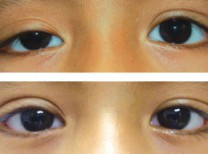
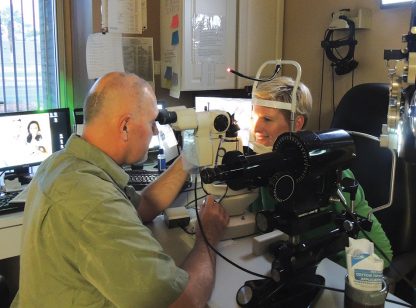

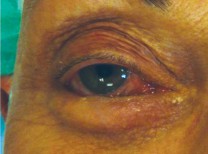
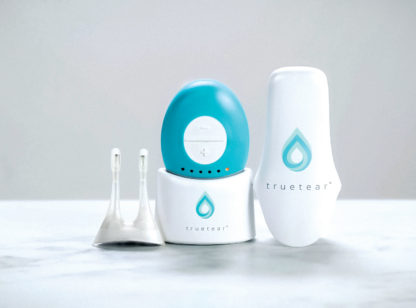



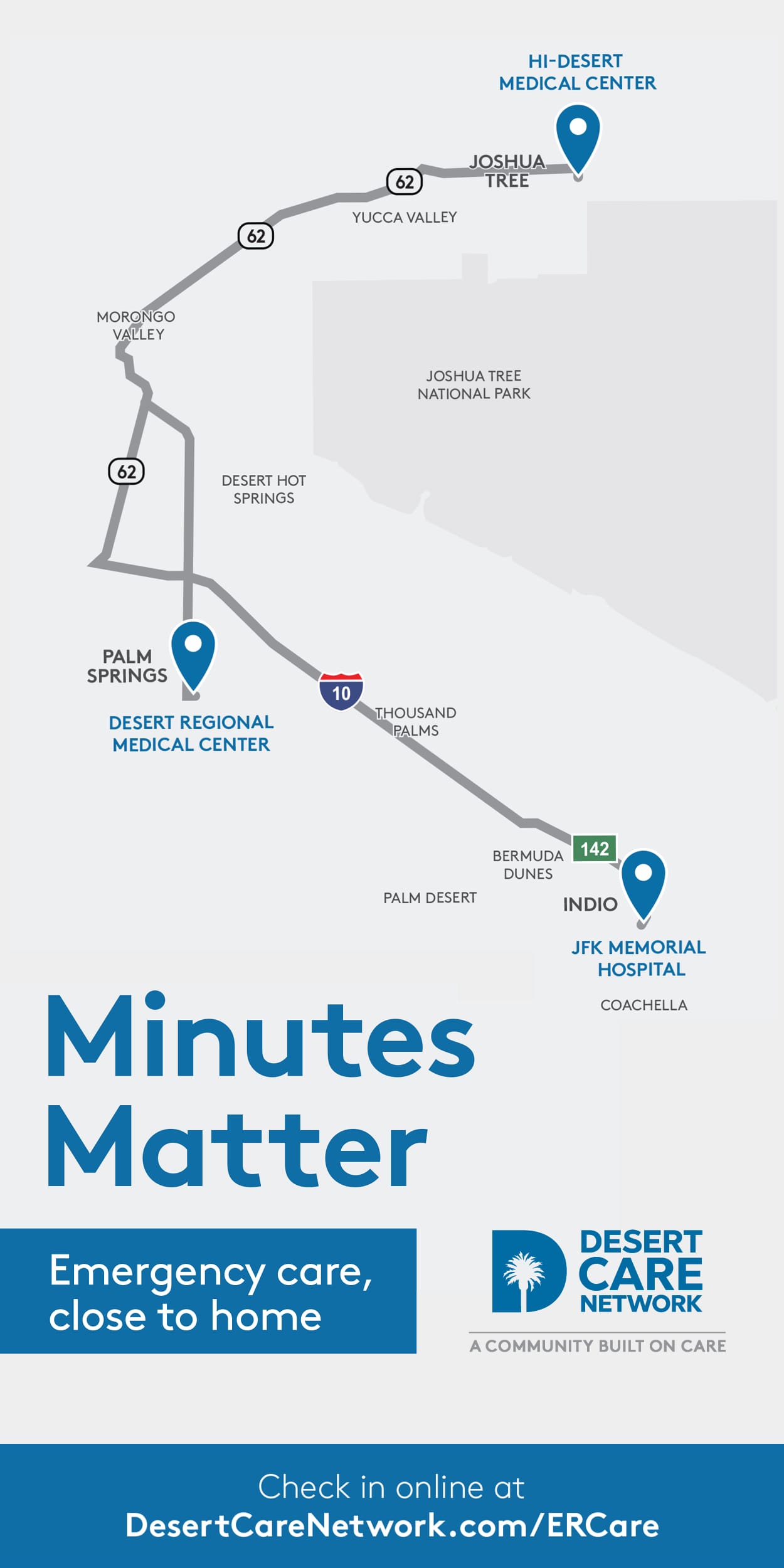
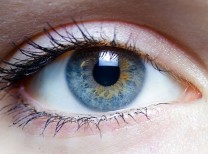
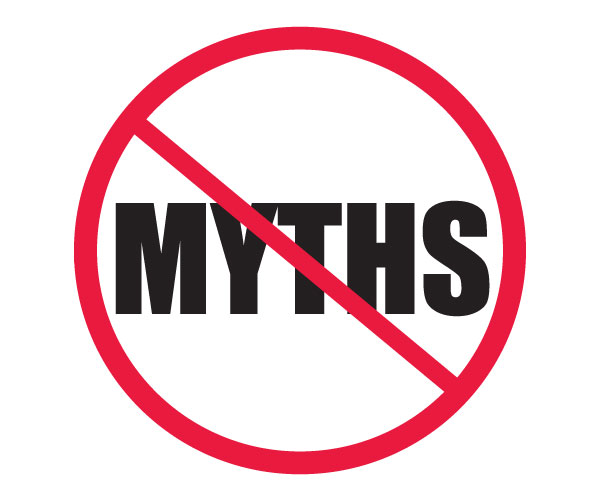





























Comments (0)